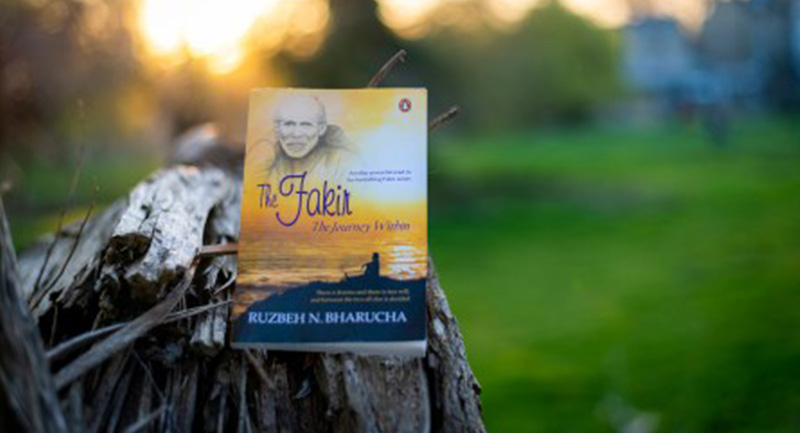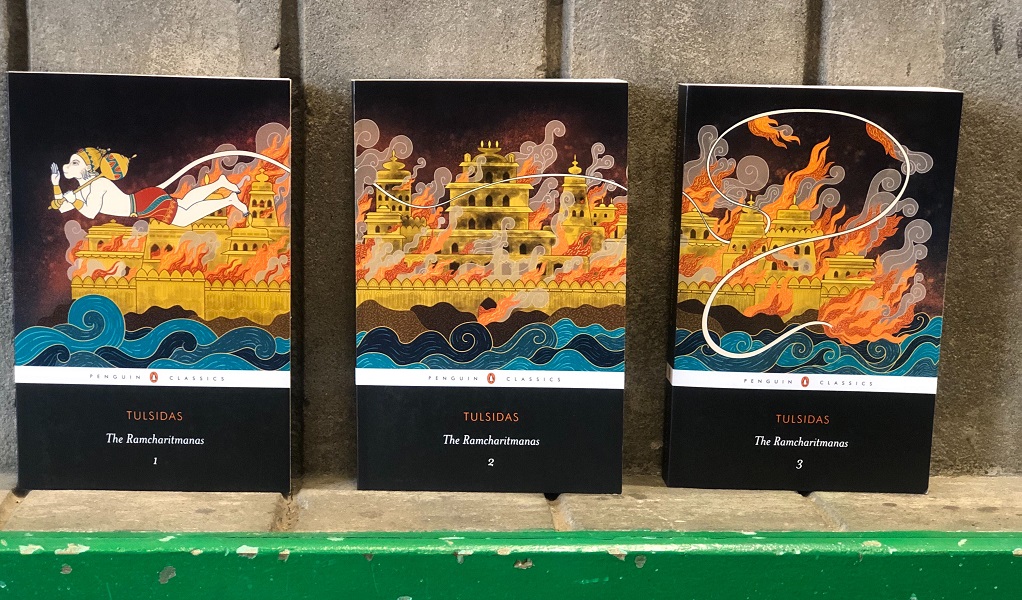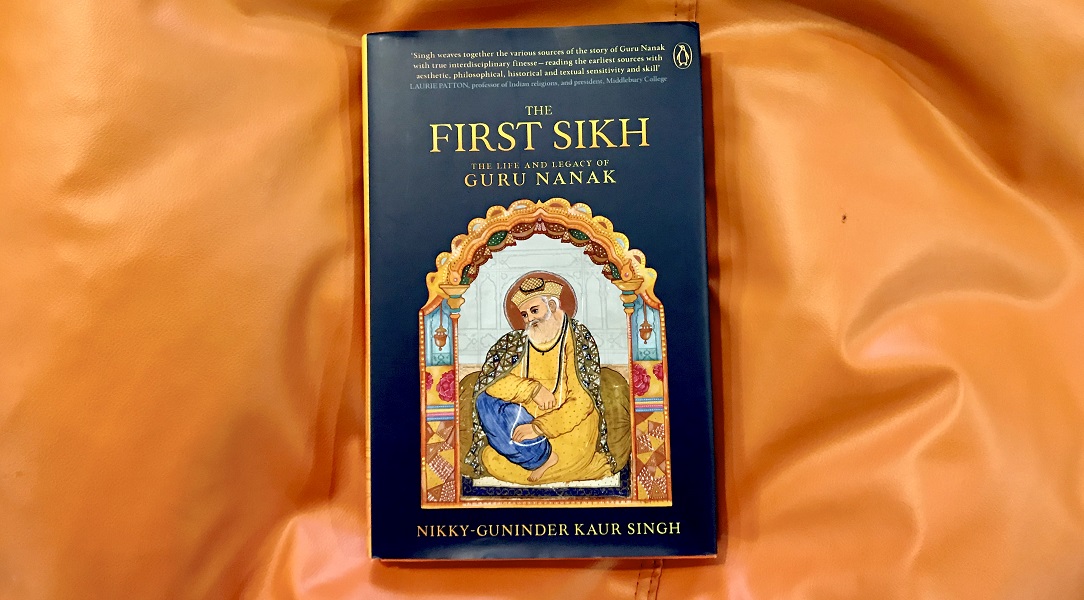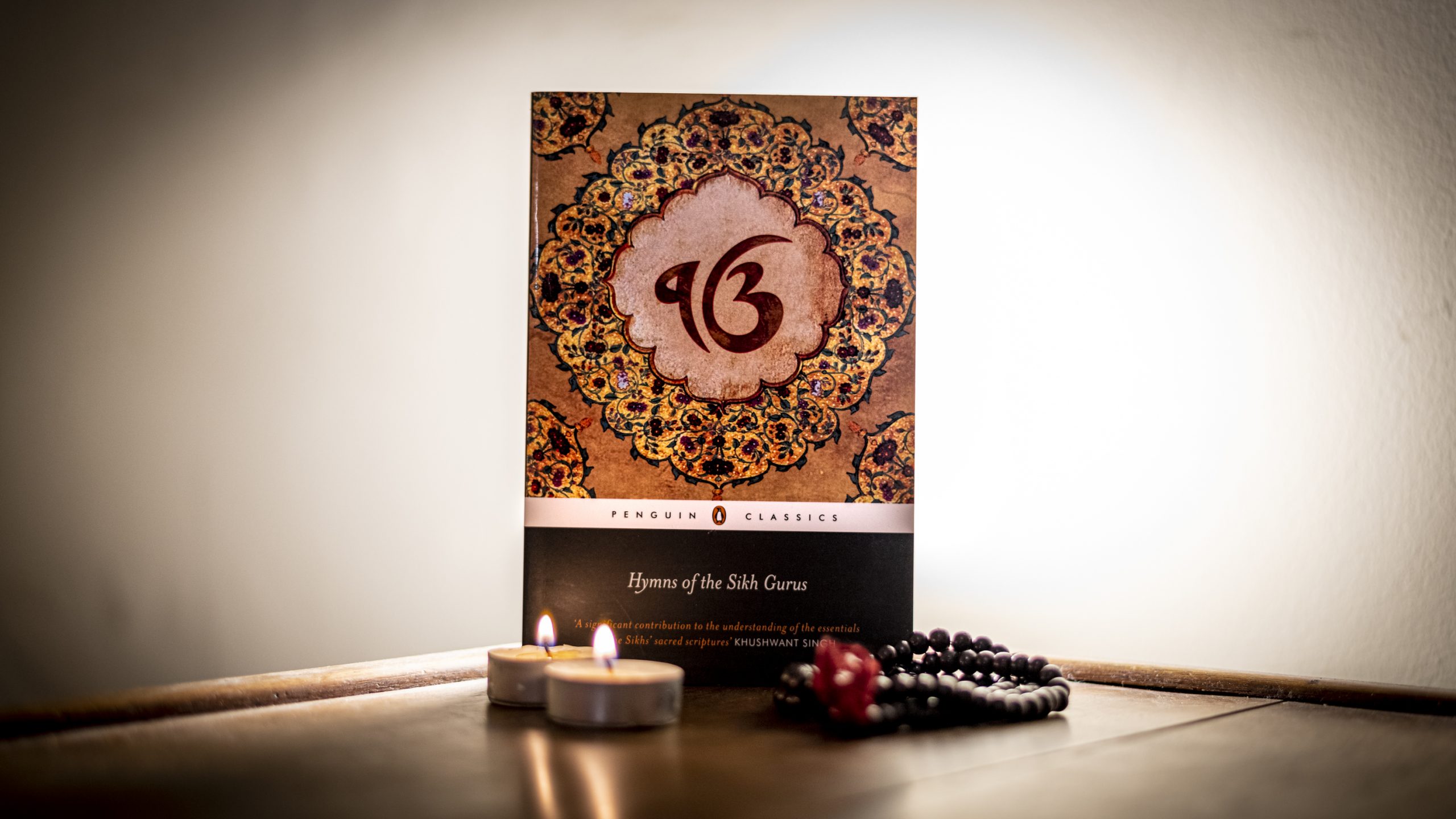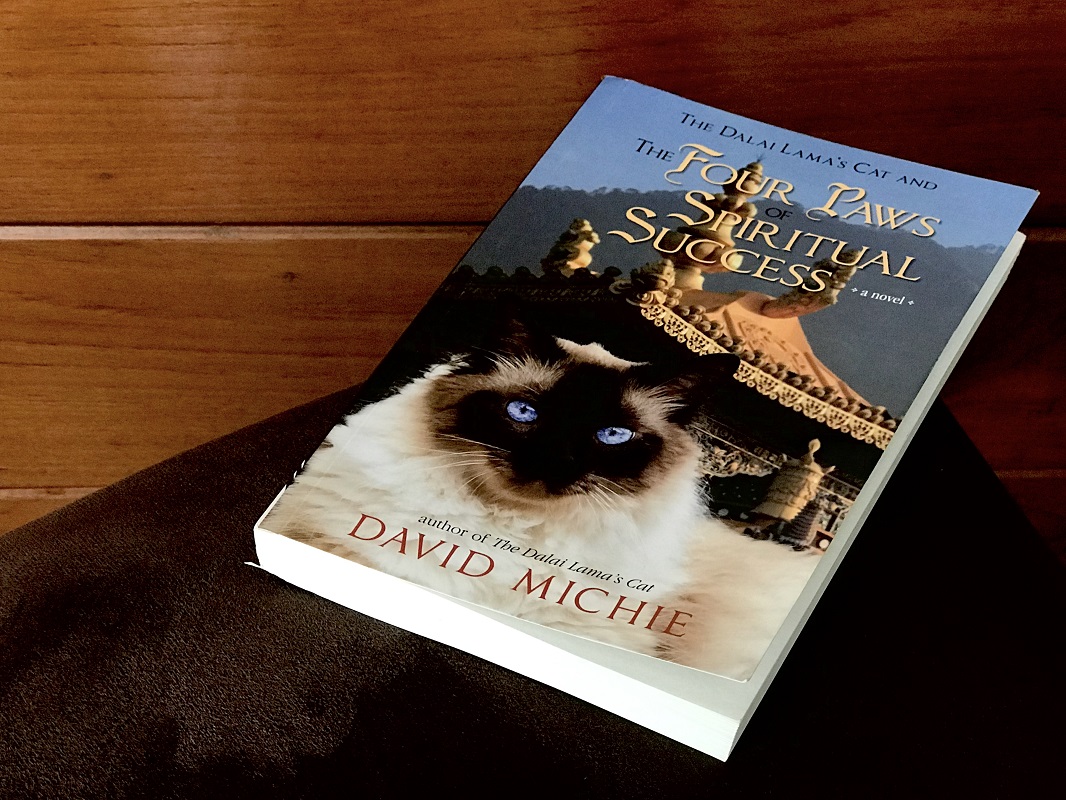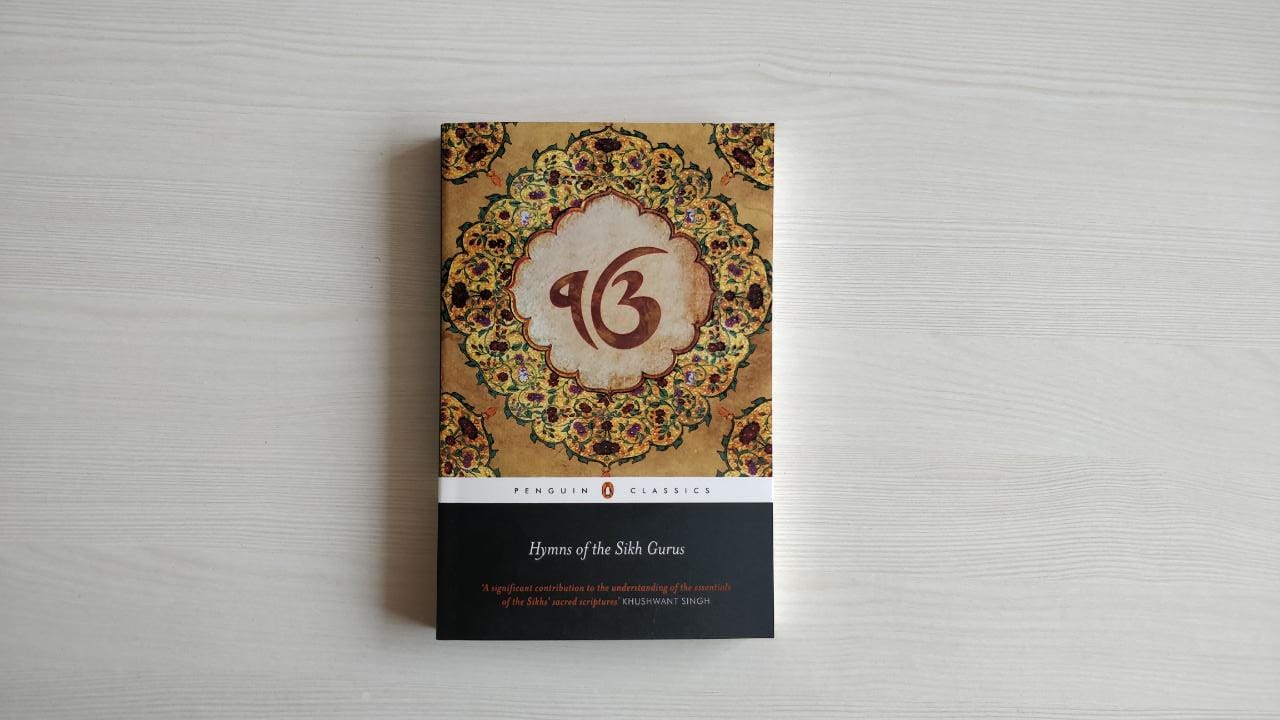To be a better spiritual being and to better even that with every step is the goal of every soul so it can then ultimately merge into The One . . .
Rudra is exactly where he wants to be-with his kind, loving BABA, talking about life and the laws of the spiritual realm. He is taken to various villages to see for himself what the right way to live and pray is.
As he serves his BABA and asks Him questions, much is revealed to him: ‘When you pray with such intensity that The One shall listen to your prayer, then your purity, intensity, devotion and yearning will get wings to reach The One’
BABA also talks about how we should be in life, how our relationships should be, how jealousy and anger are detrimental to the development of good karma and how conducting oneself without cribbing and complaining takes on to the higher plane.
Take the journey withing with The Fakir.
Here’s an excerpt from the book:
Very often baba would disappear for a few days and Rudra realized that on those days he was unusually preoccupied with some mundane things. Stuff that needed to be sorted out in the cottage or he was simply not in the zone to do anything and be dazed, all appointments cancelled, he preferred being by himself. He never understood how every time Baba would leave, Rudra’s days were either packed with worldly chores or just depressing.
On those days he drank far more than he should but always outside the cottage, never within its holy premises. He always made sure the oil lamps burnt twenty-four seven, and Baba would light a small fire, mainly burning embers, which Rudra would tend to in order to always keep the fire awake. Without Baba’s physical presence Rudra was lost, though he knew that he should not be as Baba was always with and within him.
Rudra always remembered Baba’s words to him. He had told him in the early days of their meeting, ‘Beta, heaven is filled with those who have failed but who have got back on their feet, dusted off their mistakes and follies, smiled and walked on with The Name on their lips and the comfort of a compassionate heaven in their hearts.’
Rudra missed serving Baba and massaging His feet. When Baba was physically with him Rudra’s day would be remarkably the same, making sure Baba was taken care of, from the innumerable cups of chai to hot bowls of soup to prayers and laughter and conversations ending the day with him massaging Baba’s feet. He loved to massage His feet.
The last time when Baba had left, there was a tremendous forest fire in California. Rudra always noticed that whenever Baba would leave the cottage, some place in the world would be going through unusual turmoil or devastation. It was as though He was needed and He had to be alone. Rudra never pried or questioned Baba. Rudra just served silently and joyously.
Blondie, Boy and Girl never left Rudra’s side when Baba was not present. It was as though they understood that he was alone and they rallied around him and sought his attention. On those days, Rudra would give them a bath and pedicures and pamper them as he needed to be active to prevent the ache felt in his heart because of Baba’s absence.
Heaven is filled with those who have failed but who have got back on their feet, dusted off their mistakes and follies, smiled and walked on with The Name on their lips and the comfort of a compassionate heaven in their hearts.
What other lessons can BABA teach you? Read The Fakir to find out!







